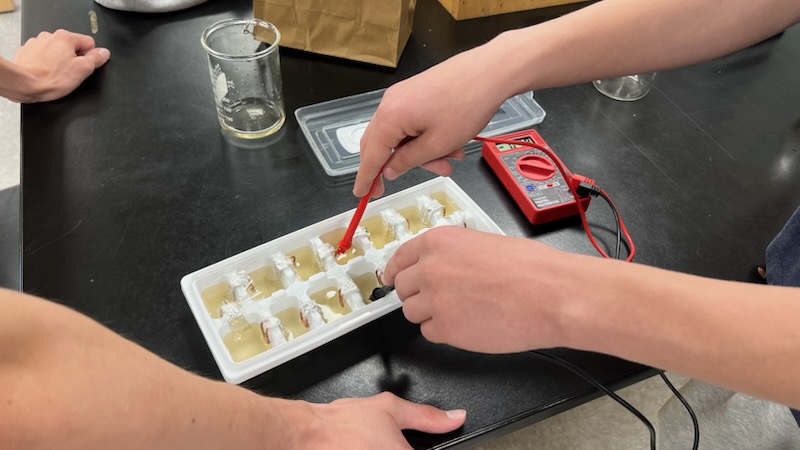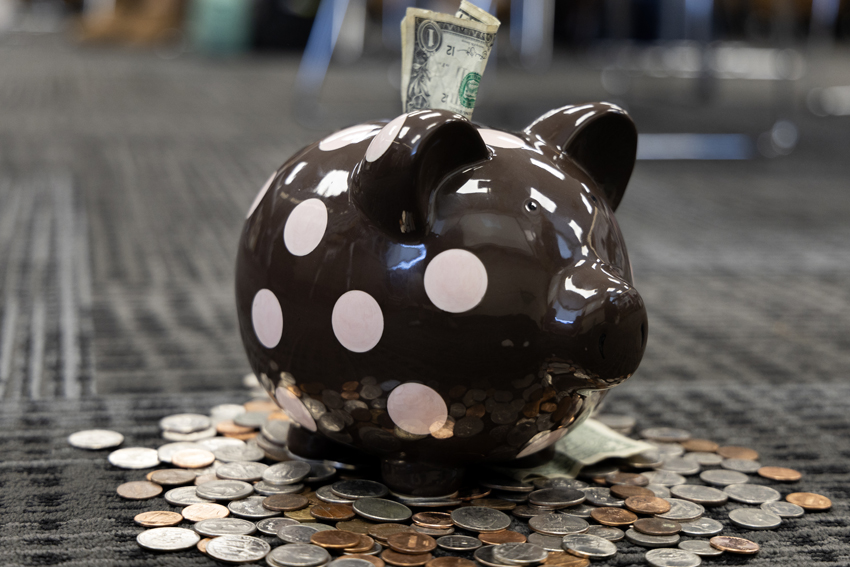He was killed instantly while his best friend sat only inches away. Red and blue lights reflected off buildings as the echoing shrill of a siren grew near. Paramedics fought for resuscitation as icy drops of rain bounced off their foreheads.
Police conclusion: driving under the influence.
What substances do the words “”drug addiction”” bring to mind? Marijuana and alcohol are probably the most commonly thought of, but recently, addiction has taken on new meaning as some teenagers abuse and overdose on prescription or over-the-counter drugs.
“Two out of 10 teens pulled over for suspected DUI are under the influence of some type of mind altering drug, whether it be illicit or over-the-counter,” Kevin Hickman, California Highway Patrol officer, said. “The majority of fatalities and injuries are caused from alcohol, marijuana and crack cocaine use.”
In today’s world, psychotherapeutics (prescription drugs such as pain relievers, tranquilizers, stimulants and sedatives) are commonly used among young people. Teenagers can easily obtain these drugs from friends, family members, stores or the Internet.
Some popular pain relievers that are often abused include OxyContin, Vicodin, Percocet, Lorcet, Darvon and Demerol. They are normally prescribed for relief from severe pain, and their effects can last up to 12 hours. Because they are opium-based drugs, they pose a great threat to abusers.
Many people also abuse depressants such as Valium and Xanax which physicians prescribe for anxiety and sleeping disorders. These drugs make everything feel easier and slower.
While in this state of mind, many do not worry about, or realize, potential side effects, including seizures, respiratory depression and decreased heart rate.
“Teenagers often don’t realize the severity, complications and dangers of drug abuse,” Carolyn Sadoian, trauma nurse at University Medical Center, said. “We see numerous cases a month resulting in hospitalization for several days.”
Over 19 million Americans over the age of 12 use illicit drugs; many others become addicted to legal substances like sniffing agents and over-the-counter drugs (like Sudafed, pain killers and caffeine pills).
“I think abusing over-the-counter drugs is a really big problem at our school,” Aaron Ortiz, ’07, said. “A lot of people think that overdosing on cough syrup or other things isn’t as bad as smoking marijuana, but it is just as bad. It’s a big problem that needs to be addressed.”
Others do not feel there is a large drug problem on campus compared to the problems at other schools.
“I don’t think drug abuse is that big of a problem here,” Tim Westra, ’05, said. “Our school is a lot smaller than most schools, so compared to many other places, not many students have drug addictions.”
Many teens find drug abuse to be an escape. There are two main treatments for people with such addictions: behavioral and pharmacological treatments. The behavioral treatments help people live without drugs, stop cravings and avoid relapse.
The pharmacological treatment of detoxification involves gradually reducing the dose of the drug or substituting other pharmacological substances that have less severe side effects.
For more medical and health information, go to www.mayoclinic.com or www.drugaddiction.com.






